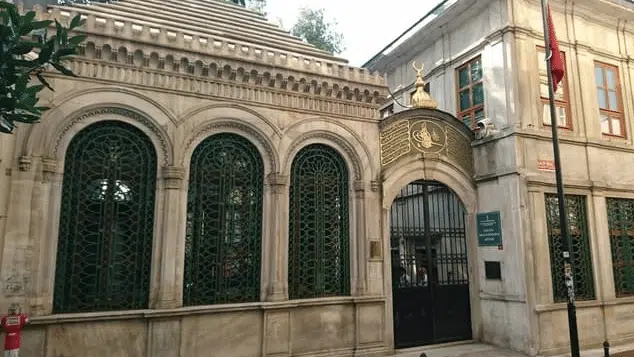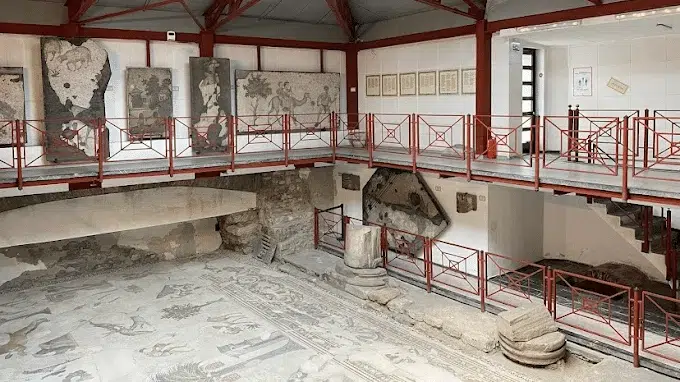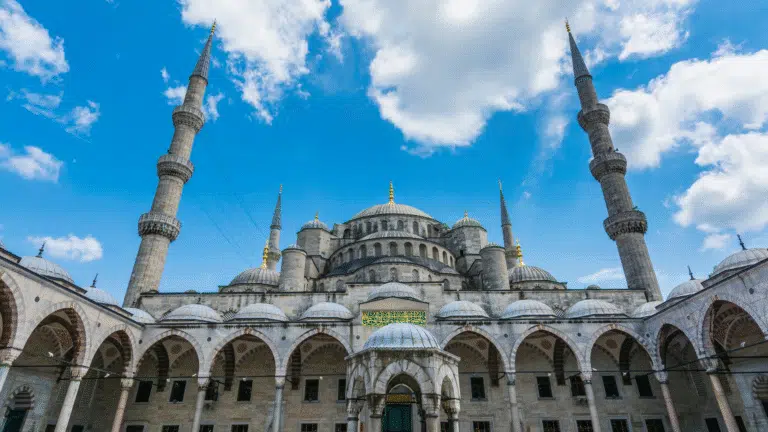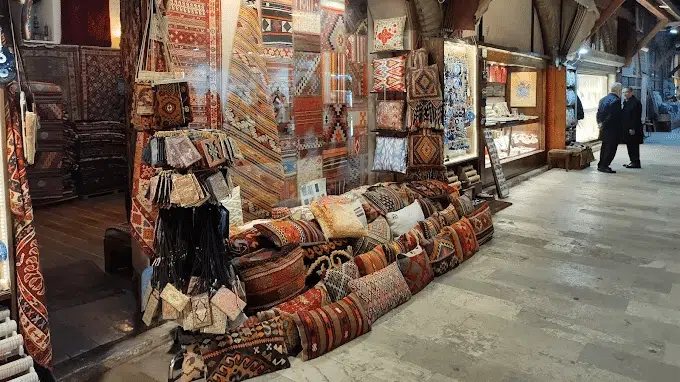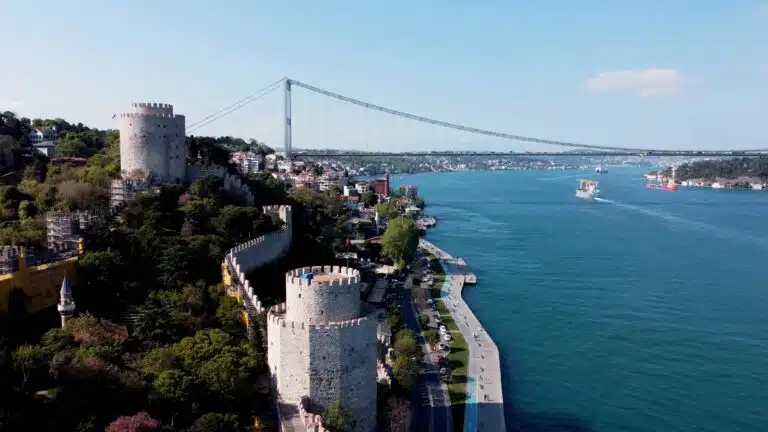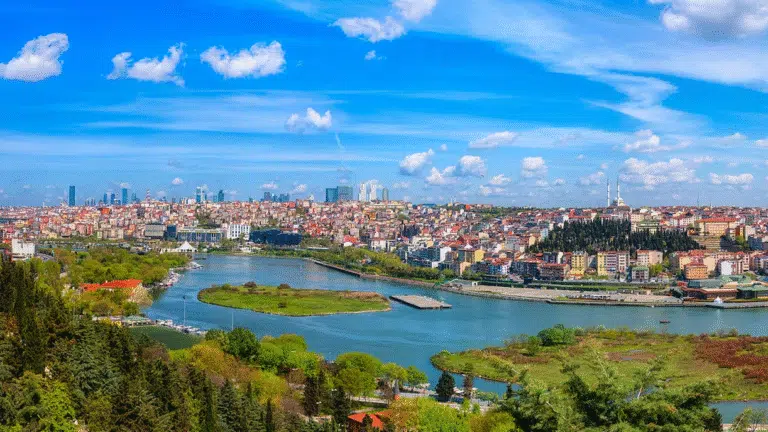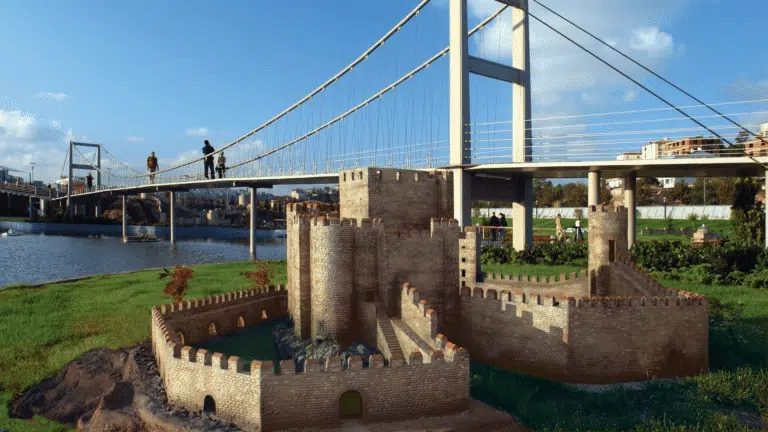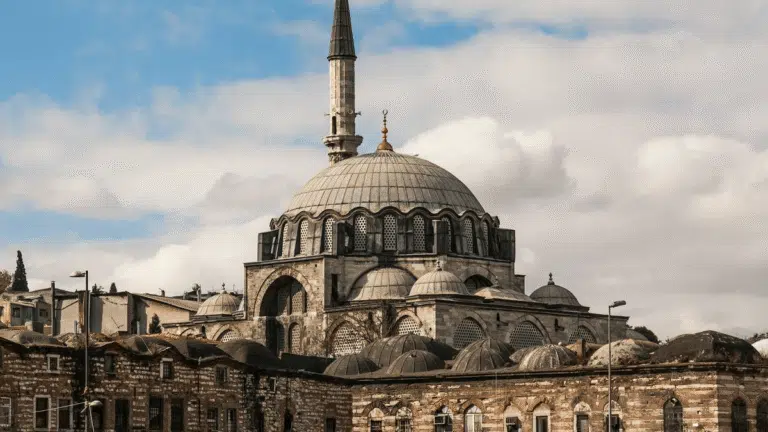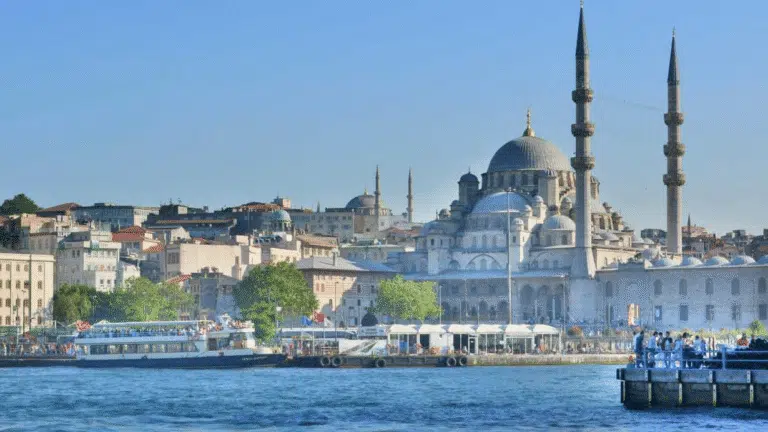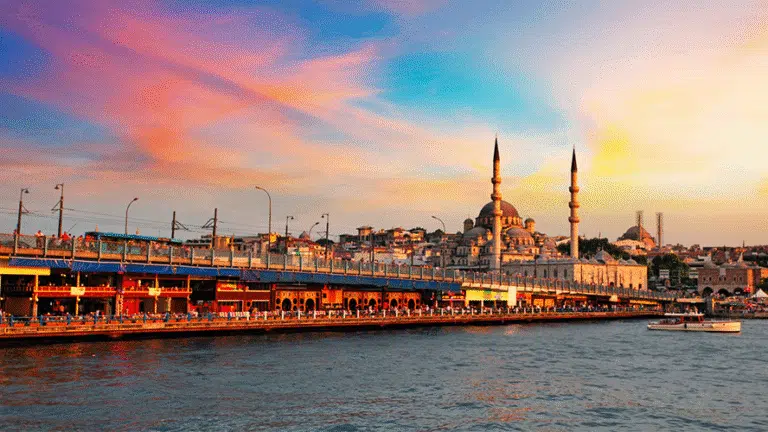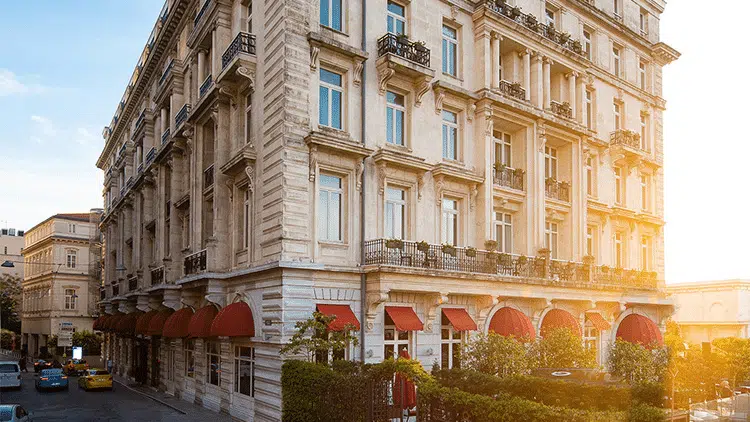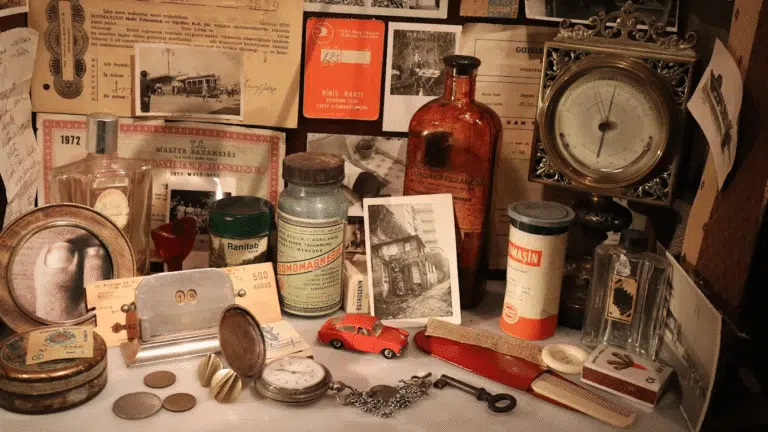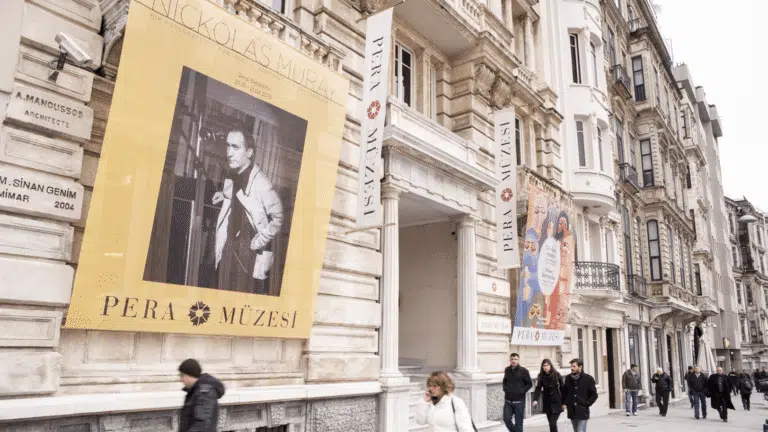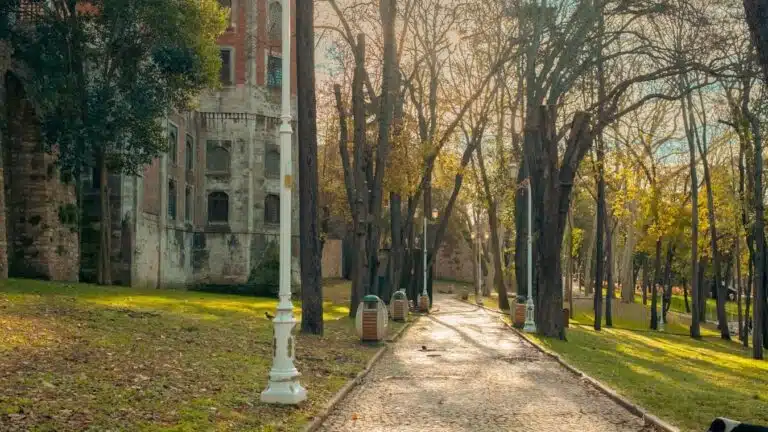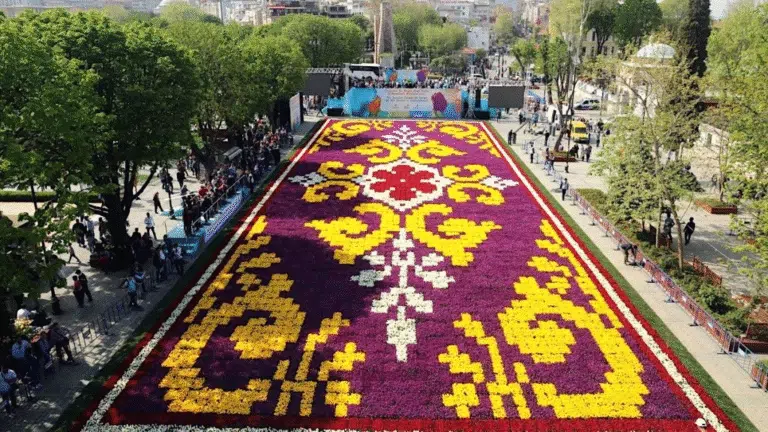
Tulip Festival in Istanbul: Discover Breathtaking Celebration of Spring [2025]
The Tulip Festival in Istanbul is a breathtaking celebration of spring, where millions of tulips bloom across the city’s parks and gardens. Spring in Istanbul comes alive with vibrant colors during this annual event, offering a stunning mix of natural beauty and Turkish heritage, attracting visitors worldwide. Discover the best spots to enjoy the festival and get practical tips to make the most of your visit. Tulip Festival Highlights The Tulip Festival in Istanbul spans across multiple locations throughout the city, transforming public spaces into colorful wonderlands. The festival typically features over 30 million tulips in hundreds of varieties, creating spectacular displays that blend seamlessly with Istanbul’s historic architecture. Emirgan Park Emirgan Park serves as the crown jewel of the Tulip Festival in Istanbul. This 117-acre park showcases the most extensive tulip displays, featuring intricate patterns and designs that change annually. The park’s rolling hills provide perfect vantage points for photography, while its historic pavilions offer charming backdrops for your festival experience. Gülhane Park Located near Topkapi Palace, Gülhane Park presents a more intimate setting for enjoying the Tulip Festival in Istanbul. The park’s tulip gardens are beautifully integrated with existing rose gardens and ancient trees, creating a harmonious blend of colors and textures that reflects the city’s rich botanical heritage. Sultanahmet Square The historic heart of Istanbul becomes part of the Tulip Festival in Istanbul with carefully curated tulip displays around major landmarks. These installations provide unique opportunities to capture the Blue Mosque and Hagia Sophia framed by colorful tulip arrangements. Things to Do & What to Expect at Tulip Festival During the Tulip Festival in Istanbul, visitors can engage in numerous activities beyond simply admiring the flowers. The festival atmosphere creates a celebratory environment throughout the city’s participating locations. Photography Opportunities The Tulip Festival in Istanbul offers exceptional photography opportunities for both amateur and professional photographers. Early morning light creates perfect conditions for capturing the vibrant colors against Istanbul’s skyline. Many visitors spend entire days moving between different festival locations to capture the diverse displays. Cultural Performances Local musicians and dancers often perform in parks during the Tulip Festival in Istanbul, adding cultural richness to the botanical displays. These performances typically feature traditional Turkish music and folk dances, providing insight into local customs and traditions. Guided Tours Several tour operators offer specialized Tulip Festival in Istanbul tours that combine flower viewing with historical information about the tulip’s significance in Ottoman culture. These tours provide valuable context about why tulips hold such importance in Turkish heritage. Picnic Areas Many festival locations provide designated picnic areas where families can enjoy meals surrounded by the Tulip Festival in Istanbul displays. Local vendors often set up nearby, offering traditional Turkish snacks and beverages. Best Time to Visit The Tulip Festival in Istanbul typically runs from mid-April through early May, though exact dates vary based on weather conditions and bloom timing. Parks participating in the festival generally open at sunrise and close at sunset, providing ample time for visitors to explore. Peak Bloom Period The most spectacular displays of the Tulip Festival in Istanbul usually occur during the third and fourth weeks of April. During this period, the majority of tulips reach full bloom, creating the most photogenic conditions. Optimal Visiting Times Early morning hours between 7:00 AM and 10:00 AM offer the best experience for visiting the Tulip Festival in Istanbul. During these hours, lighting conditions are ideal for photography, crowds are smaller, and temperatures are comfortable for walking. Late afternoon visits between 4:00 PM and 6:00 PM provide another excellent window for experiencing the Tulip Festival in Istanbul, as the golden hour lighting enhances the colors and creates a magical atmosphere. Tickets & Prices Most locations featuring the Tulip Festival in Istanbul offer free admission to their tulip displays. Public parks like Emirgan Park and Gülhane Park do not charge entrance fees, making the festival accessible to all visitors. Transportation Costs While viewing the Tulip Festival in Istanbul is free, visitors should budget for transportation between different locations. Public transportation costs are minimal, with metro and bus tickets typically costing less than $1 USD per ride. Parking Information Some festival locations offer paid parking facilities. Emirgan Park provides parking areas that charge hourly rates, though spaces fill quickly during peak Tulip Festival in Istanbul periods. How to Get There (Transportation Info) Istanbul’s comprehensive public transportation system makes visiting Tulip Festival in Istanbul locations convenient and affordable. How to Get From Taksim? How to Get From Sultanahmet? Nearby Attractions The Tulip Festival in Istanbul locations are strategically positioned near many of the city’s most important attractions, allowing visitors to combine flower viewing with cultural exploration. Insider Tips & Local Advice Experienced visitors to the Tulip Festival in Istanbul recommend several strategies for maximizing your experience: Photography Tips Bring a wide-angle lens to capture the expansive Tulip Festival in Istanbul displays effectively. Early morning visits provide the best lighting conditions, while overcast days create even lighting that prevents harsh shadows. Crowd Management Weekdays offer significantly fewer crowds than weekends during the Tulip Festival in Istanbul. If you must visit on weekends, arrive before 8:00 AM to avoid the largest crowds. Weather Considerations Spring weather in Istanbul can be unpredictable during the Tulip Festival in Istanbul period. Pack layers and bring an umbrella, as rain showers are common but usually brief. Local Etiquette While photographing the Tulip Festival in Istanbul displays, be respectful of the flowers and stay on designated paths. Picking flowers is strictly prohibited and can result in fines. Where to Eat Nearby Each Tulip Festival in Istanbul location offers different dining options to fuel your exploration: Near Emirgan Park Emirgan Sütiş provides traditional Turkish breakfast and pastries with views of the Bosphorus. This local favorite offers outdoor seating that allows you to continue enjoying the Tulip Festival in Istanbul atmosphere while dining. Near Gülhane Park Pandeli, located in the Spice Bazaar area, offers Ottoman cuisine in a historic setting. This restaurant provides an authentic Turkish dining experience that complements your Tulip
